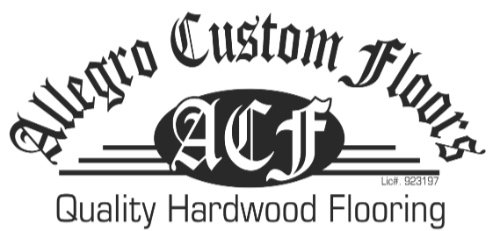Hardwood Floors in Commercial Spaces: What Business Owners Need to Know
Hardwood floors aren’t just for luxury homes — they’re also making a strong impression in commercial interiors. From boutique hotels to retail showrooms and office spaces, business owners are increasingly choosing hardwood to elevate their brand and create a warm, welcoming atmosphere. But commercial environments come with different demands than residential ones.
Before installing hardwood flooring in a commercial setting, it’s important to understand what makes a product suitable for high-traffic use, how to maintain it, and how it can impact the long-term aesthetics and functionality of a space.
Why Businesses Choose Hardwood Flooring
Hardwood offers a timeless and professional appearance that few other materials can match. In commercial spaces, hardwood flooring communicates quality, attention to detail, and design credibility. Key benefits for businesses include:
Visual appeal that enhances brand identity
Warmth and texture that elevate customer experience
Durability with proper maintenance
Long-term value compared to short-lived flooring alternatives
From executive offices to upscale salons, hardwood flooring helps create environments that feel both polished and inviting.
Engineered vs. Solid Hardwood in Commercial Projects
While both types of hardwood are available for commercial use, engineered hardwood is often preferred. Here’s why:
Engineered hardwood consists of a hardwood veneer on top of a plywood or HDF core, making it more dimensionally stable and less prone to warping or shifting.
Solid hardwood, while beautiful and long-lasting, is more sensitive to humidity and requires tighter control of the environment.
In ground-level installations or over concrete slabs — common in commercial buildings — engineered hardwood is typically the better choice due to its structural resilience.
Durability: Choosing the Right Finish and Species
In high-traffic environments, the durability of the hardwood floor is heavily influenced by two main factors: wood species and surface finish.
Hardwood Species Rated for Commercial Use:
Hickory – one of the hardest domestic woods, highly resistant to denting
Maple – dense and smooth, often used in gyms and studios
White Oak – versatile, durable, and stain-friendly
Brazilian Cherry (Jatoba) – an exotic hardwood known for its extreme hardness
Finishes That Withstand Commercial Use:
UV-cured polyurethane – offers superior scratch resistance and fast cure times
Aluminum oxide coatings – highly durable and ideal for retail or public settings
Oil-based finishes – easier to spot-repair but may require more maintenance
Some commercial environments also benefit from matte or low-sheen finishes, which hide wear better than high-gloss alternatives.
Moisture and Climate Considerations
Commercial hardwood flooring must withstand daily fluctuations in foot traffic, cleaning routines, and indoor climate control. In restaurants, lobbies, or salons, exposure to moisture is inevitable. That’s why moisture mitigation and proper acclimation are essential before installation.
Flooring contractors may recommend:
A moisture barrier or vapor retarder over concrete subfloors
Dehumidifiers in areas with HVAC inconsistencies
Engineered flooring with balanced core construction
Choosing the right installation method — such as glue-down versus floating — also helps reduce movement and increase durability in unpredictable conditions.
Maintenance Strategies for Long-Term Performance
To get the most out of commercial hardwood flooring, a clear maintenance plan should be established from day one. Tips include:
Daily dry dusting to remove grit that causes scratches
Damp mopping with pH-neutral cleaner approved for hardwood
Walk-off mats at all entries to reduce debris
Furniture pads under chairs and fixtures
Regular re-coating depending on wear levels and traffic volume
A well-maintained floor not only lasts longer but also continues to reflect positively on the business’s professionalism and attention to detail.
Design Options for Commercial Impact
Hardwood offers creative opportunities beyond the standard straight-lay plank. In commercial settings, flooring can double as a design feature with:
Chevron or herringbone patterns for upscale visual interest
Mixed-width planks to add character
Stained borders or medallions in lobbies and conference areas
Custom stair nosings and moldings for a cohesive finish
These design touches help businesses differentiate their physical space while staying on brand.
Cost Considerations and Long-Term ROI
While hardwood may have a higher initial cost compared to vinyl or laminate, its longevity and ability to be refinishedmake it a smart investment. Business owners should weigh:
Installation costs, which vary based on prep work and layout complexity
Downtime impact, especially in 24/7 operations (prefinished planks reduce disruption)
Refinishing cycles, which extend the floor’s lifespan without full replacement
Over time, hardwood’s durability and aesthetic endurance typically outperform less expensive alternatives, especially in client-facing spaces.
Conclusion
Hardwood flooring brings warmth, elegance, and durability to commercial spaces — but success lies in choosing the right materials, finishes, and installation approach. By working with experienced flooring professionals, business owners can select a hardwood solution that stands up to heavy use while reflecting their brand’s quality and values. With proper planning and care, hardwood floors can serve as both a design statement and a long-term investment in a commercial environment.
